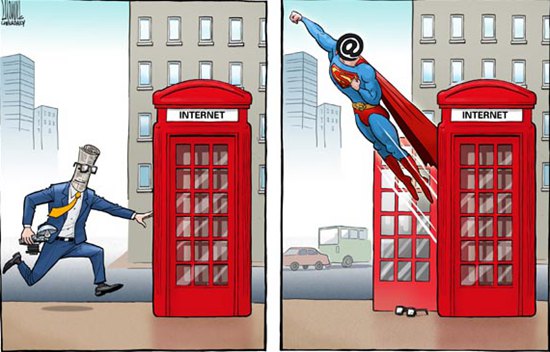The Paper offers high quality content but it remains to be seen whether it can be a model for traditional media's transformation
It's one small step for the Internet but a giant leap for the newspaper industry. On July 22, The Paper was officially launched by the Shanghai United Media Group. With several exclusive and in-depth reports on corruption, The Paper has already proven its strength in news reporting. Its reports on a few old court cases have also evoked good response from the courts, and the cases are now being re-investigated.
Not surprisingly, this new media product has grabbed people's attention and won a great deal of praise. There are three aspects to this innovative product, and all of them introduce Internet thinking. First, it provides a "news inquiry" platform where users can ask questions about the latest stories and get answers from other users.
Some other websites, too, have similar platforms. For instance, Baidu Knows is a Q&A forum on everyday issues, Guokr is for technological and science issues, and Stack Overflow for IT problems. They are all aimed at building an active online community by attracting high-quality users to create more content for more users. But The Paper's Q&A application is the first on a news website in China. The Paper hopes its users would produce more content through online discussions and interactions on particular news topics, which, in turn, could add value to its original reports.
Second, The Paper offers a new app, "news tracking", which allows readers to follow a particular news topic for a given period of time, so that they can receive updates as soon as possible and get the full picture of that news.
And third, the new media product has achieved a breakthrough in its content framework, too. Newspapers divide their content according to pages, while Web portals arrange them in channels. The Paper doesn't follow either rule. Instead, it uses columns as the basic unit for its content. The advantage of such an arrangement is flexibility; every column is relatively independent, and even if two or more columns deal with similar topics, users can choose what they want to read. Some of its columns have already established a wide readership.
